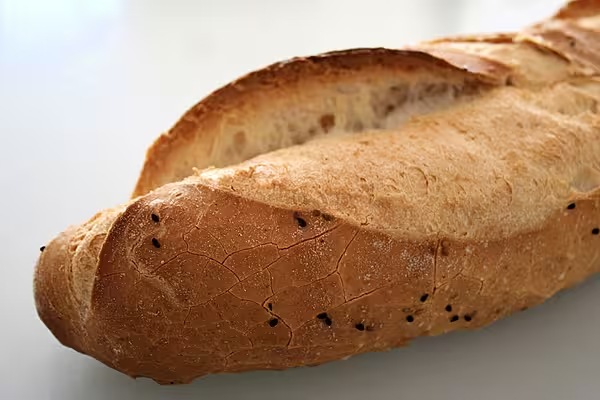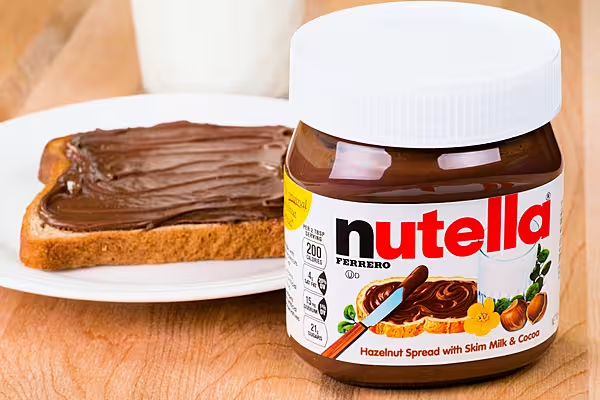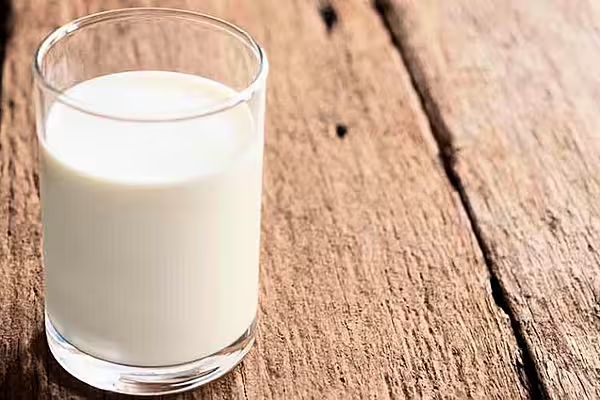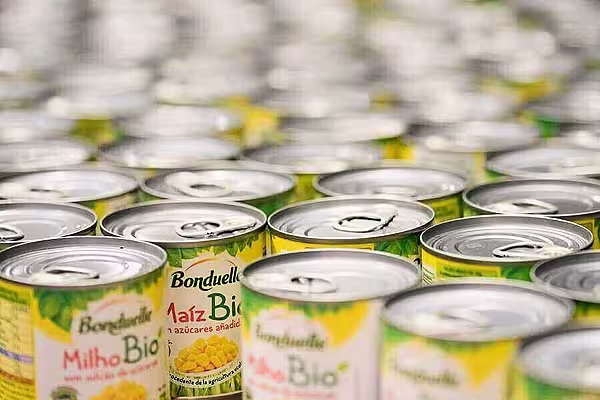Italian bread consumption has nearly halved in the last 10 years, reaching a record low of just 85g per head.
According to farmers association Coldiretti, the drop in consumption (which fell 3 per cent in 2015) has been coupled with an increased interest in organic bread, gluten-free products and those made with alternatives to wheat grains such as spelt.
Artisan bread is still preferred by Italians, representing 88 per cent of the market, although registering a steady fall in consumption. The size of the bread has also dropped by 50 per cent in ten years, from 1.5 kg to 1 kg.
There is growing demand for frozen bread and bread substitutes (bread sticks, crackers, soft breads) for which Databank estimated a 1.2 per cent growth in 2015. According to Coldiretti’s own estimates, Italian household spending on bread, breadsticks and crackers amounts to €8 billion a year.
Some 46 per cent of Italians eat leftover bread from the day before, while more than 16 million sometimes making their own bread at home.
Another threat to the sector, concludes Coldiretti, comes from the collapse of grain prices paid to farmers, which have fallen below production costs due to uncontrolled imports. It estimates that about 4.8 million tonnes of common wheat were imported in 2015, which covers about half of demand primarily for the production of bread and biscuits.
© 2016 European Supermarket Magazine – your source for the latest retail news. Article by Branislav Pekic. To subscribe to ESM: The European Supermarket Magazine, click here.











